Huawei P50 Pro review: a fantastic but flawed flagship phone
The Huawei P50 Pro is a good choice for those who don't need access to Google's apps
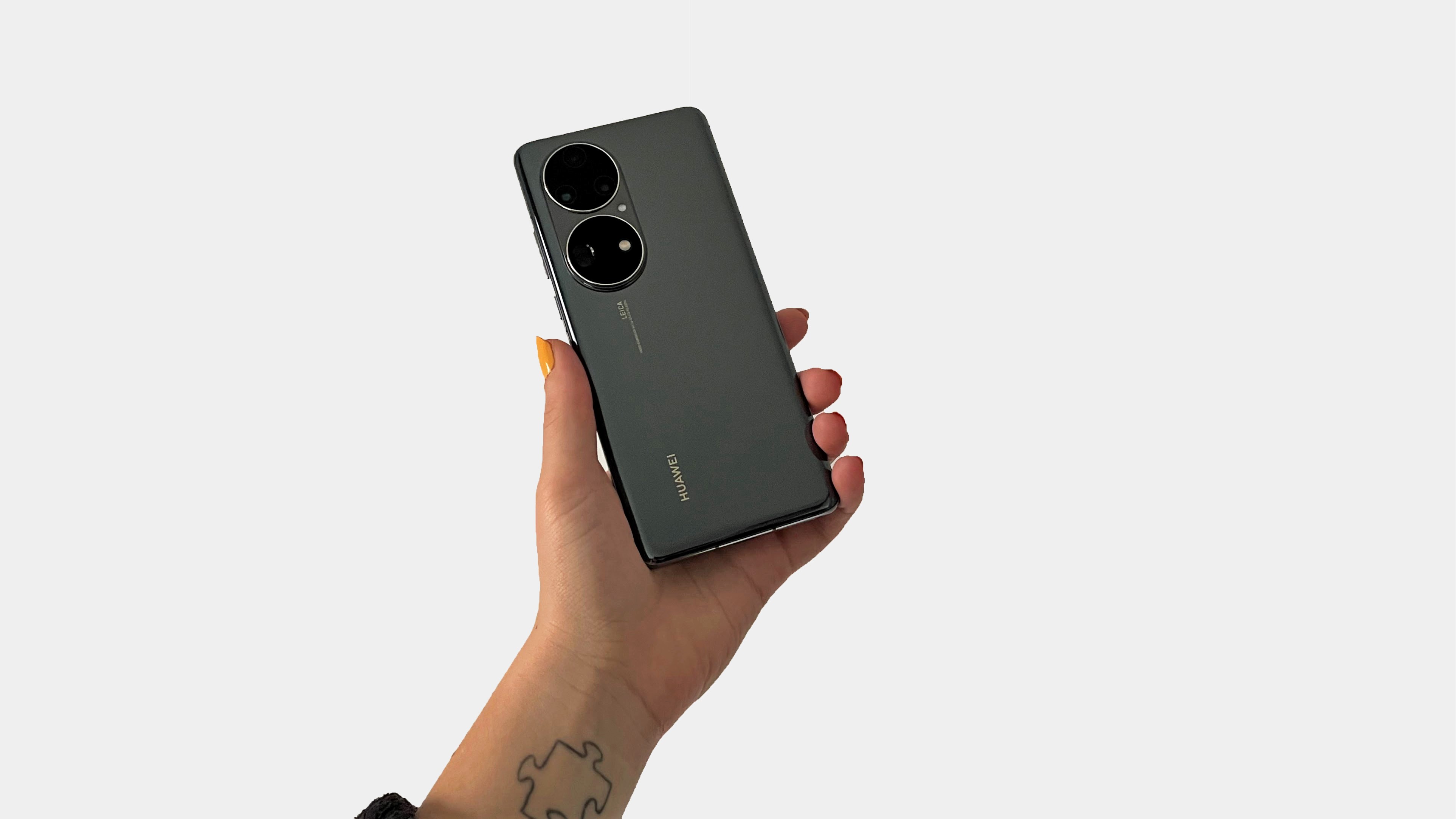
The Huawei P50 Pro is one of the best camera phones in the world and it has stunning good looks to match, but not everyone will jump at the chance to buy it because you still won't be able to use Google apps and there's no 5G support either.
-
+
Excellent 4-lens camera system
-
+
6.7-inch OLED screen, 120Hz
-
+
Impressive performance
-
+
Elegant, modern design
-
-
No 5G support
-
-
Lacks Google apps and Play Store
-
-
The processor isn't up to date
-
-
Prone to fingerprint marks
Why you can trust T3

Any Huawei P50 Pro review would have to admit that this is a fantastic phone - it’s good-looking, powerful and the camera system is stellar. But it does have two big problems holding it back: you will miss out on Google’s suite of apps if you buy this and it also doesn’t have 5G support. Both are flaws that could put a lot of people off.
If those are must-haves for you, take a look at T3’s guide to the best phones you can buy to see some more options.
Not phased? In this Huawei P50 Pro review, you can find out how it compares to the best Android phones, as well as what’s new about it. Plus, you'll be able to read all about the design, display and camera system as well as how I got on with its performance and battery.
Huawei P50 Pro review: price and availability
You can buy the Huawei P50 Pro now in the UK for £1,099 which is a good couple of hundred pounds more expensive than its predecessor was at launch.
Unsurprisingly, it won’t be available in the US and we haven’t heard anything about availability in Australia.
Huawei P50 Pro review: what’s new
Following on from the Huawei P40 Pro which was released back in 2020, Huawei has improved and refreshed its flagship handset to keep up with the competition in 2022.
The Huawei P50 Pro has a different OLED display to what came before it, it’s slightly bigger and has a slightly higher resolution at 6.6-inches with 2700 x 1228 pixels. You now get a 120Hz refresh rate as well (it was 90Hz before). Despite that, Huawei has still managed to make this a slimmer and lighter handset - not by much but every little helps.
Get all the latest news, reviews, deals and buying guides on gorgeous tech, home and active products from the T3 experts
One of the biggest differences is the rear camera system, it’s had quite a big refresh with an extra lens added to the mix. You’ll find a 50MP main camera, a 40MP monochrome lens, a 13MP ultra-wide-angle camera and a 64MP telephoto camera with 3.5x optical zoom. All of that bodes very well for its photographic capabilities.
Elsewhere, the handset has an upgraded processor (the Snapdragon 888), a slightly bigger 4360 mAh battery and new 66W charging.
Huawei P50 Pro review: design and display
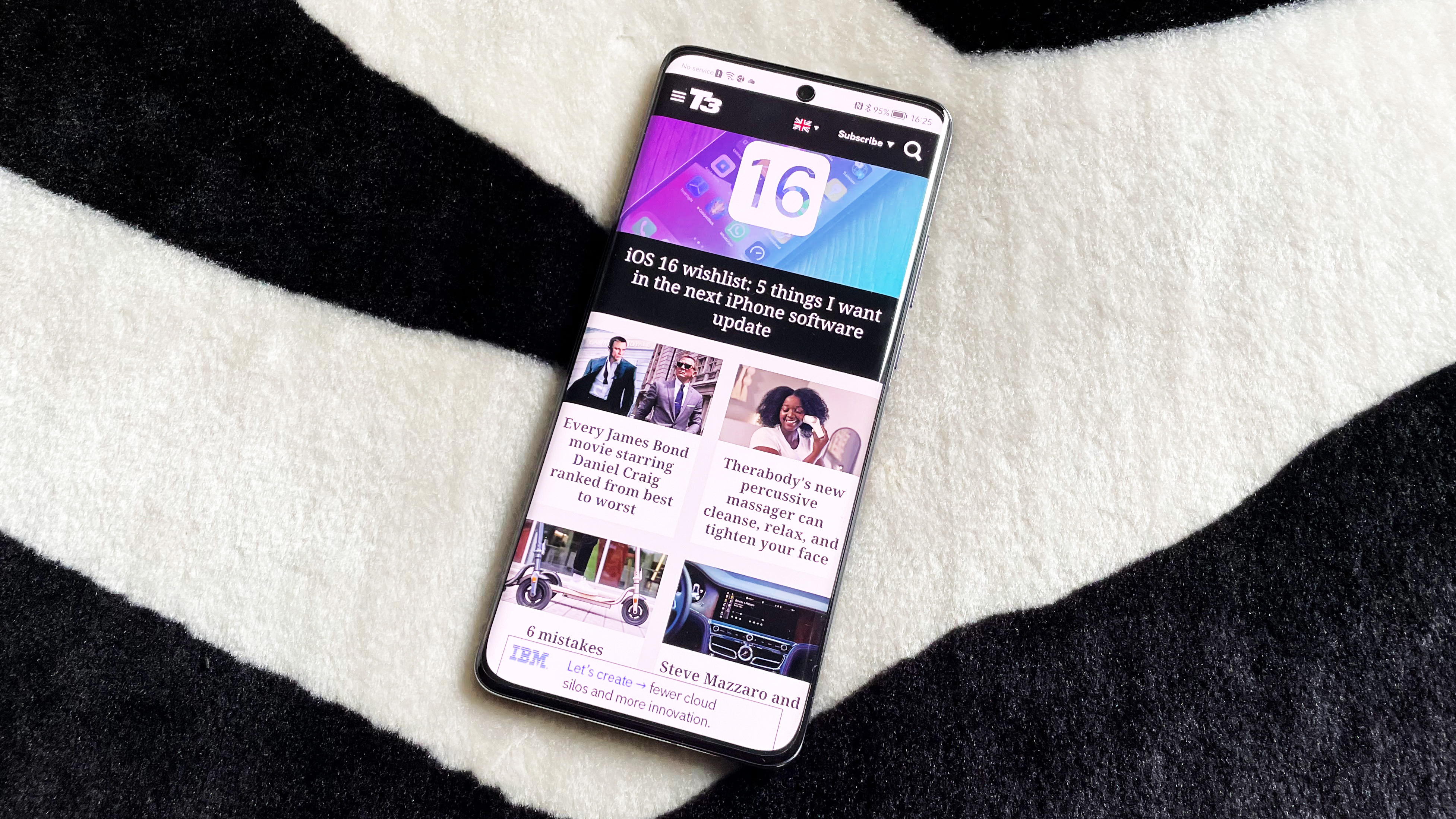
As we have come to expect from Huawei devices, the Huawei P50 Pro is a looker. Available to buy in Cocoa Gold and Golden Black, the best word to describe it is ‘premium’ with its sleek reflective glass back and metallic frame. You’ll also find two raised circular camera modules which are surrounded by a thin silver bar. By looks alone, the elegant design can only be compared to the top dogs from Apple and Samsung.
Along the edge of the device, there’s a volume rocker and power button, and there’s a USB-C port to charge it as well. If you still used wired headphones, then you’re out of luck because there’s no 3.5mm audio port here.
On the front of the phone, the curved OLED screen looks lovely. It’s 6.6-inches and has a resolution of 2700 x 1228 pixels, which is ever so slightly lower than elsewhere but even so, you can’t deny the quality of this screen. Sharp, colourful and bright, it’s very much a screen suited to a flagship smartphone.
The Huawei P50 Pro now sports a 120Hz refresh rate, up from 90Hz on the P40 Pro. What that means is that this phone will feel even smoother to scroll, swipe and tap on. Mobile games will never have felt so effortless and animations appear completely seamless.
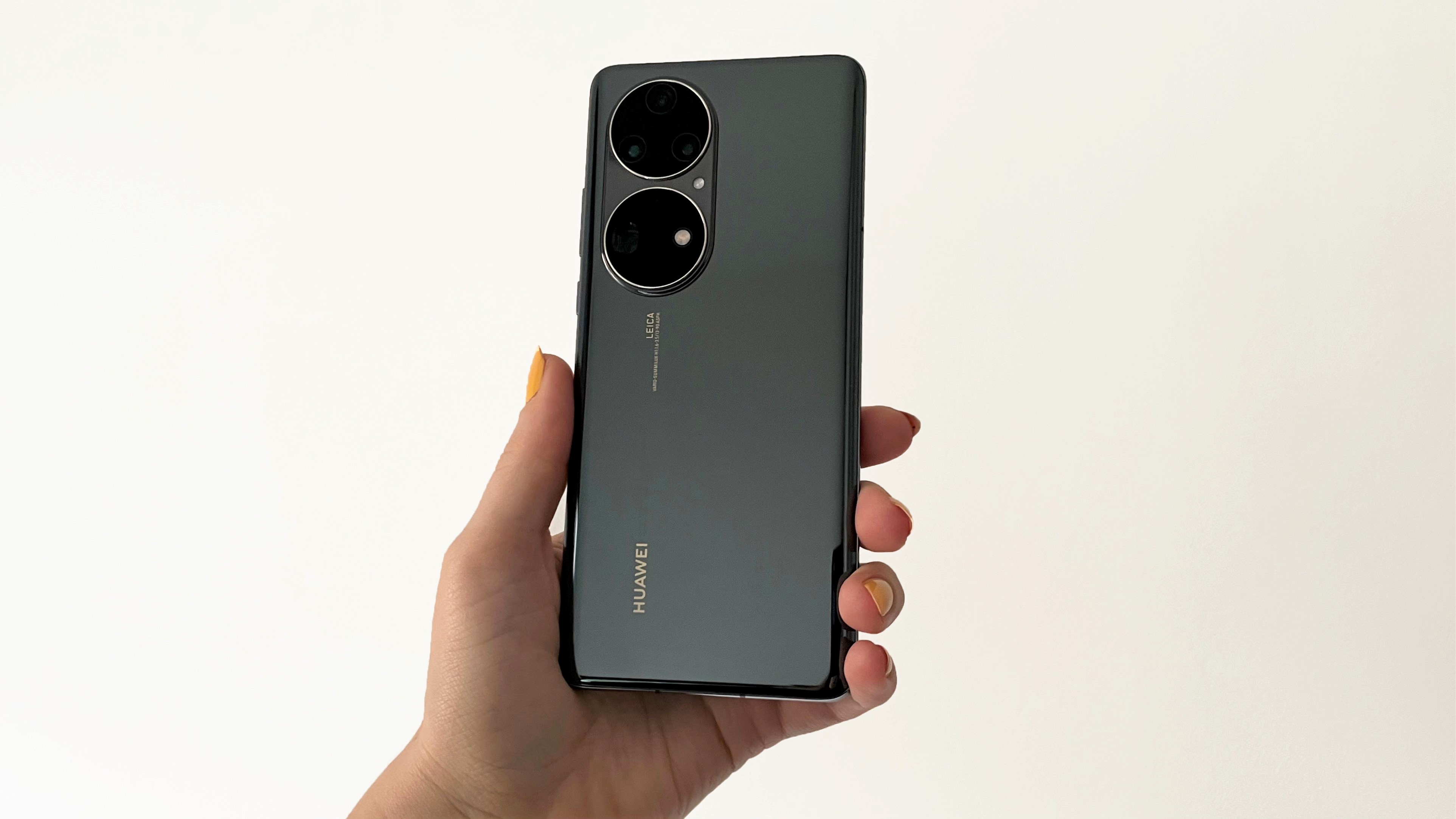
When I tested it out, the Huawei P50 Pro does wobble when you use it on a table but it’s relatively easy to hold.
Weighing about 195g and measuring 158.8 x 72.8 x 8.5 mm it’s one of the smaller flagships on the market, and the curved edges mean it sits well in the hand. I could easily stretch my thumb to the other side of the display. My only qualms with it are that it’s quite a slippery handset, and it’s prone to fingerprint marks, although both of those issues are solved if you use the clear protective case included in the box.
With IP68 water and dust resistance, you’ll be able to use the Huawei P50 Pro anywhere and everywhere without worrying about getting it wet or dirty.
To unlock the display, you get the choice of a fingerprint sensor or facial recognition along with the usual pin or password. In the age of masks, I chose to use the fingerprint scanner for the most part, and it worked well every time but was placed a little too far down the front of the phone to feel completely natural to use.
Huawei P50 Pro review: camera system
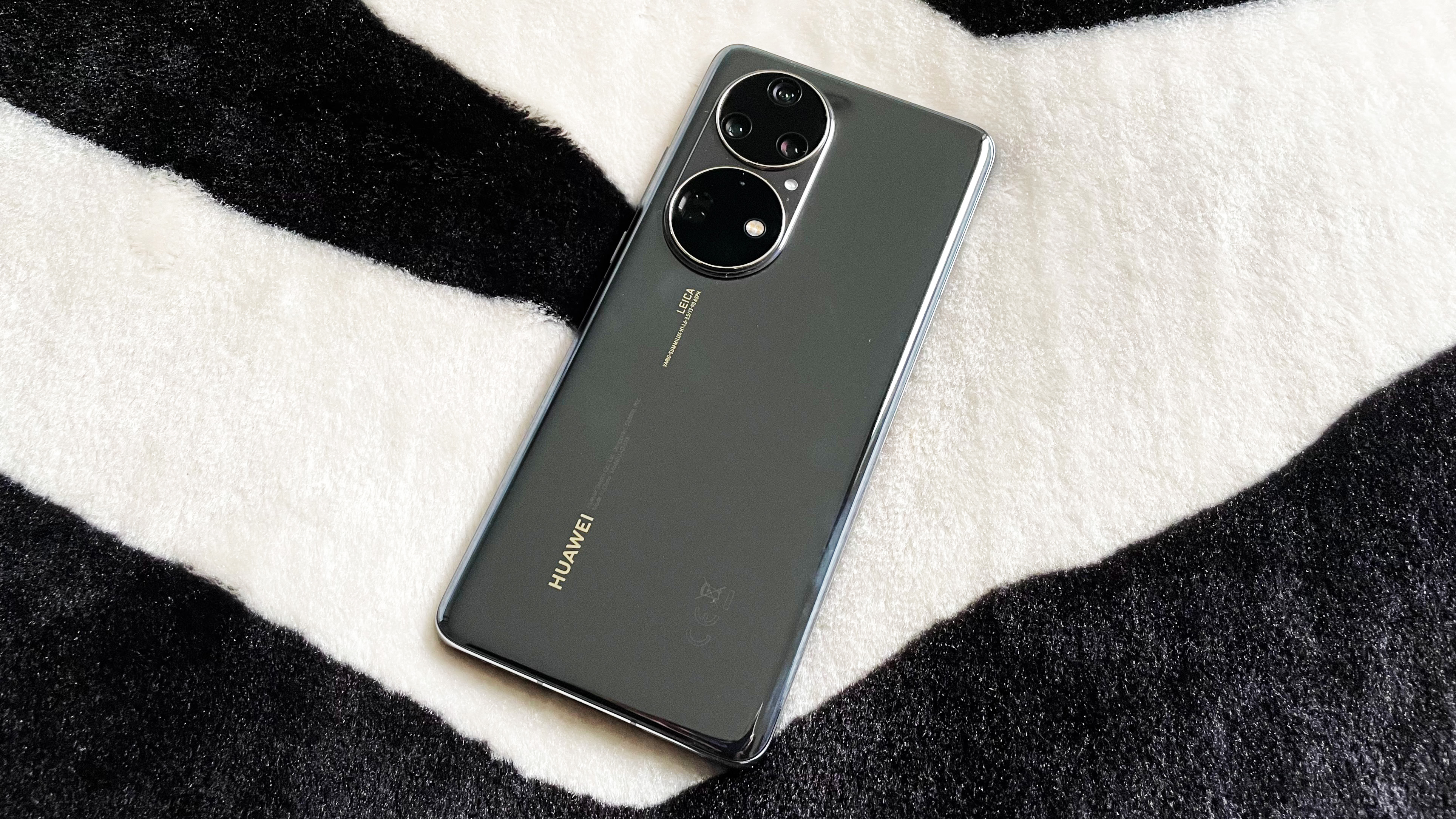
Where the Huawei P50 Pro really thrives is in photography, thanks to a 4-lens rear camera system and advanced AI-based software. It’s made up of a 50MP main camera, a 40MP monochrome lens, a 13MP ultra-wide-angle camera and a 64MP telephoto camera. There’s also a 13MP selfie camera.
The result? Stunning shots at any time of day. It uses AI to adjust the image according to the scene so you don’t need to worry about faffing around with the settings. While it is a little jolty, it does actually produce some really incredible photos.
On its regular and AI-based point-and-shoot settings, the camera boosts colours enough to give the pictures some energy but without making them look unrealistic, it manages to capture tonnes of detail and provides an excellent balance between light and dark areas of the shot. Take a look at the gallery below for some examples of shots taken on the Huawei P50 Pro.




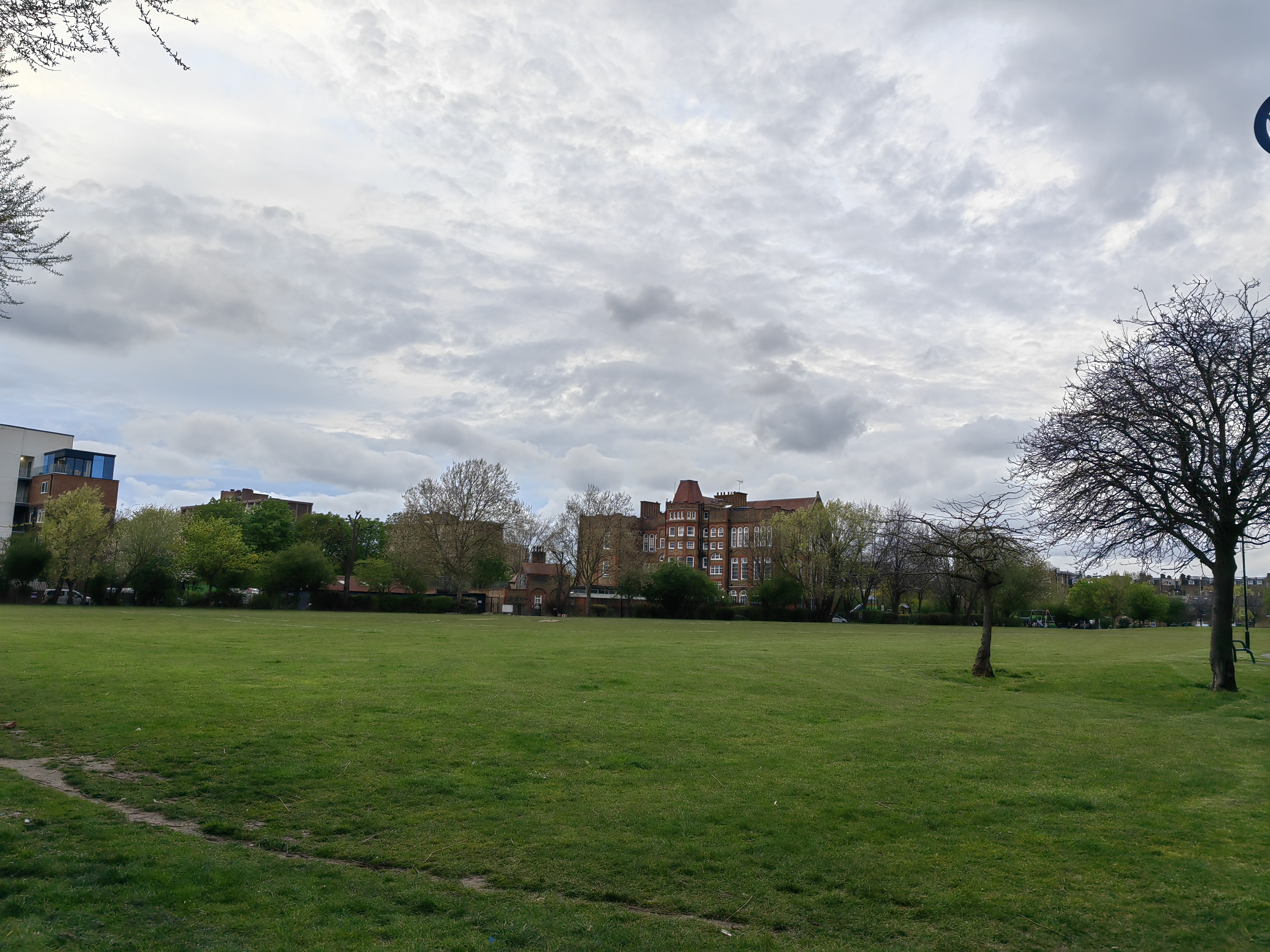

Let’s also talk zoom because not only is the telephoto lens capable of shooting 3.5x optical zoom but you also get a whopping 100x digital zoom, matching even the best Samsung phones. I tested it out by taking some shots of the moon, you can see them below.
Like with any other device offering such a huge range, you can’t expect social media-worthy pictures when you’re zooming in by more than about 50x but it will show you a lot more than the human eye can see. It is also very cool.
You’ll get an ultra-wide mode to fit more into the shot as well, although the quality of the image is somewhat affected by it.





Huawei P50 Pro review: performance and battery
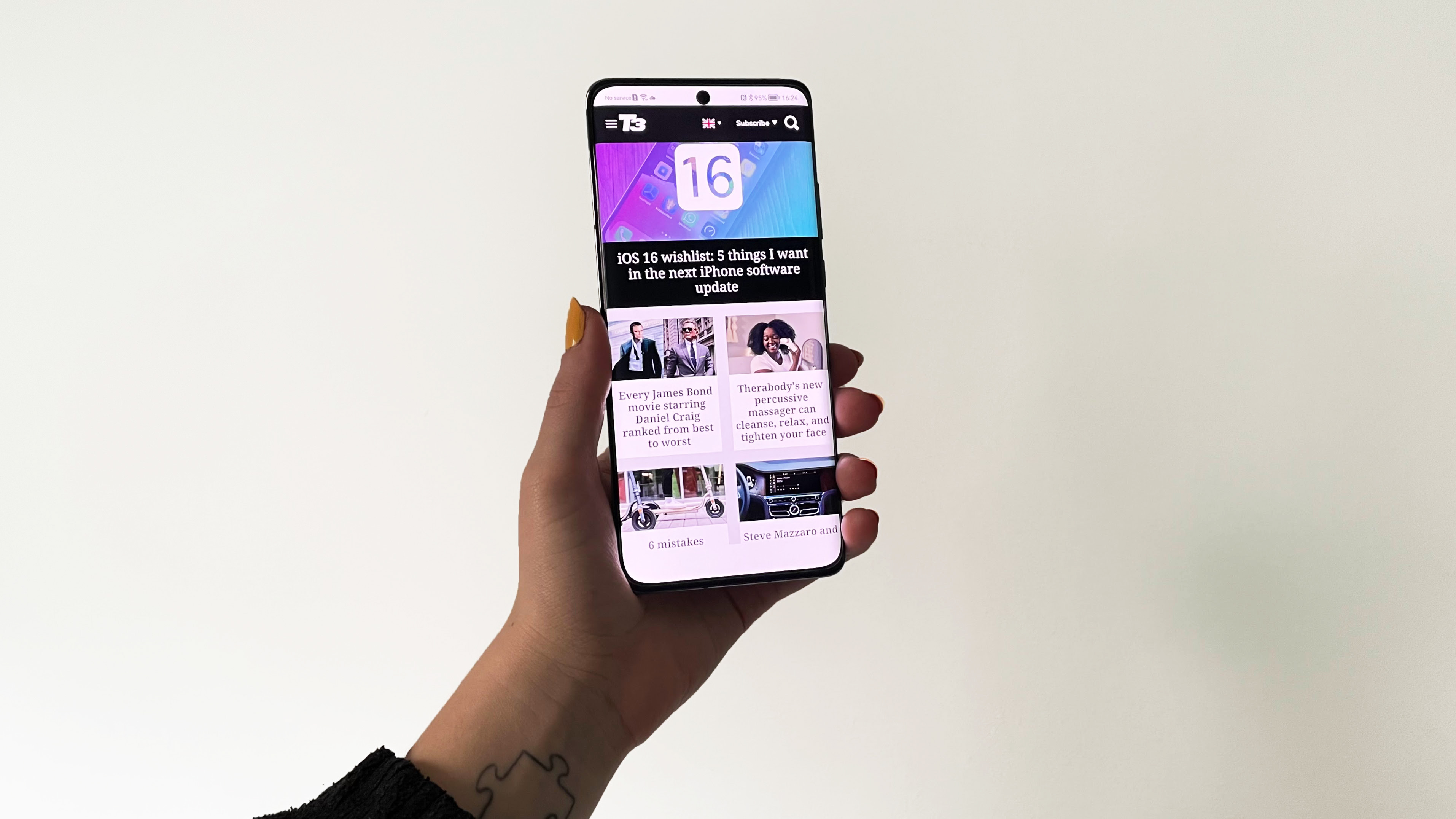
Lagging behind the competition, the Huawei P50 Pro uses the Snapdragon 888 processor, whereas most recent flagships boast the next generation which is the Snapdragon 8 Gen 1. Here that comes with the Adreno 660 GPU, 8GB RAM and 256GB of inbuilt storage.
A very significant downside is the lack of 5G support, something that has long since been the norm in high-end flagship phones and has even started filtering down into the cheaper end of the market. That will definitely be a dealbreaker for some people.
Using the phone felt great, speedy and smooth you’ll easily be able to flick through open windows or load mobile games on this. Its hardware may not be completely up to date but it’s still a powerful smartphone to be reckoned with.
I ran the Geekbench 5 benchmarking test on the Huawei P50 Pro, it picked up scores of 922 in single-core and 3,563 in multi-core which places it at a similar level as the OnePlus 10 Pro and the Oppo Find X5 Pro.
The Huawei P50 Pro seemed to last me more than a day without needing a charge, although admittedly the 4,360 mAh battery couldn’t quite reach two days. To compare it with other phones I’ve tested out, I downloaded and ran an HD video over the space of two hours. In that time, the battery level dropped by 14% which suggests it would have lasted a total of 14 hours - that'll be plenty for most but nowhere near best-in-class.
Charging it back up again took me 50 minutes using Huawei’s 66W SuperCharge which is included in the box. That's fast but not as fast as some other rival phones, like the Realme GT 2 Pro which only took 33 minutes, or the Xiaomi 12 Pro which only took 20 minutes!
Dual stereo speakers make the Huawei P50 Pro much louder than a lot of cheaper phones, the audio is clear enough to watch videos and even to listen to a bit of music here and there, although a separate audio device will always be more effective.
Behind the scenes, the Huawei P50 Pro is still an Android phone in Europe. It runs on EMUI 12 and it does look lovely with a modern, minimalist design and intuitive navigation.
If you whizz through the initial set-up of the phone, you will end up with a very cluttered handset because Huawei wants you to install loads of unnecessary apps, you can stop this happening if you pay attention though.
Huawei phones infamously can’t use any Google apps at all. There are loads of others that you’ll miss out on too. In the UK, those include BBC iPlayer and the NHS app. While some people in some regions may be able to look past that, most here in the UK will struggle. You’ll be restricted to using Huawei’s App Gallery or Petal Search to download apps and software from the web but the latter could expose you to online threats.
Those with other Huawei devices at home will be able to look past that flaw better than others because using all their devices together is completely hassle-free. You’ll very easily be able to display and use your phone screen from a MateBook, while file transfers between devices literally takes seconds and hooking up Huawei headphones is totally painless.
Huawei P50 Pro review: verdict
All in all, the Huawei P50 Pro is a great phone with a lot going for it. The screen is stunning, it’s powerful and it has a good battery life. Not to mention the camera which is the focal point of this handset and manages to produce some really incredible shots.
But, and it is a very big but, the Huawei P50 Pro is lacking in some very significant ways which really lets it down and makes it much more difficult to recommend.
Pretty much every other recent flagship phone in 2022 has up to date connectivity, so you’re bound to feel hard done by paying such an eye-watering amount of money on a device that doesn’t have 5G support.
While that will be off-putting, for the majority of people, it’ll be the lack of Google apps that would stop them splashing out on this. If you tend to to avoid the global tech giant anyway then it won’t be a problem, and well done you, but it’s hard to avoid in Europe. We all use Google in one way or another, whether that’s for email, cloud storage or smart home control.
Huawei P50 Pro review: also consider
If you want a high-end flagship with a killer camera then the Samsung Galaxy S22 Ultra is the better choice because it isn’t lacking in any department. It has 5G support, it works seamlessly with Google and Microsoft, and it even comes with a stylus housed in the body of the phone.
Not everyone is willing to spend this much money on their next phone, but everyone wants something that will work just as they expect it to. The Google Pixel 6 Pro is slightly less expensive but it’s an excellent smartphone because it runs perfectly on stock Android, the camera system is fantastic and the screen is a beauty.

Yasmine is the former Reviews Writer for T3, so she's been knee-deep in the latest tech products for reviewing and curating into the best buying guides since she started in 2019. She keeps a finger on the pulse when it comes to the most exciting and innovative tech – and since departing has also held a role as Digital Spy's Tech Editor. In her free time, you'll catch her travelling the globe – the perks of being a freelance tech expert – tending to her plants when at home and, but of course, planning her next big trip.